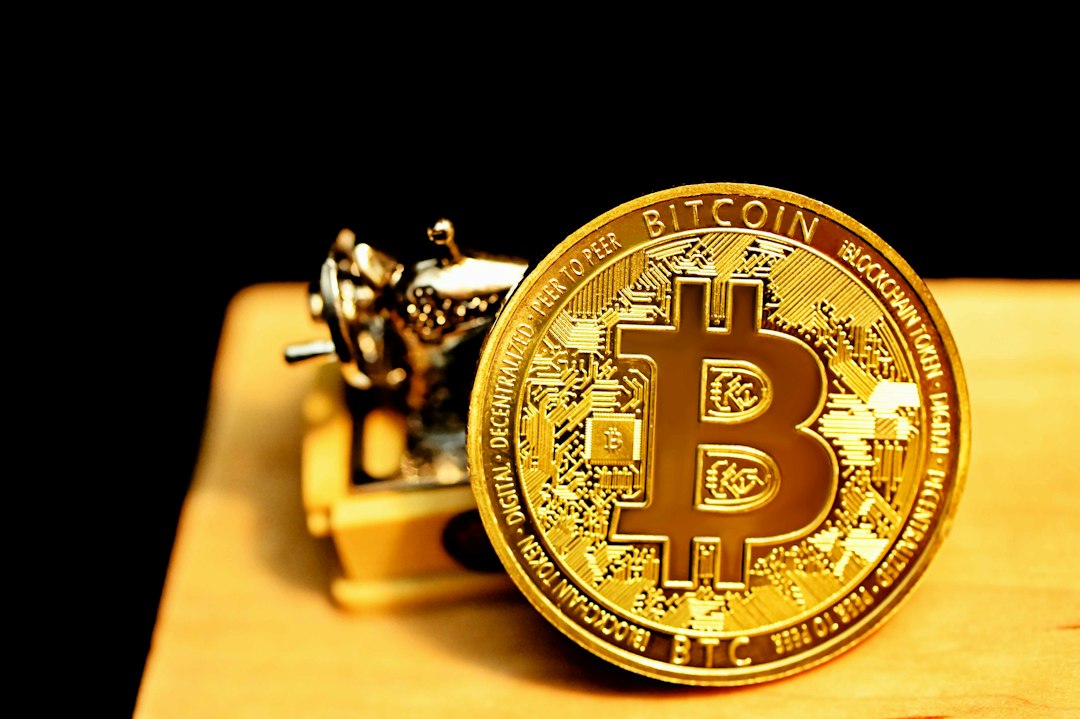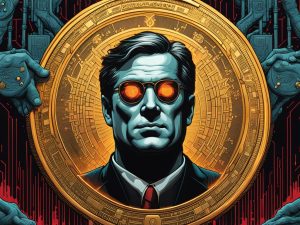An Intriguing Event on the Bitcoin Blockchain
An event unfolded in the Bitcoin blockchain on January 6, 2024, capturing the attention of the crypto community. An unidentified individual executed a series of 332 transactions, spending approximately 1.5 BTC, equaling around $66,000, to inscribe nearly 9 megabytes of raw binary data on the blockchain. These inscriptions, carried out around 11:20 am UTC, have been a source of intrigue and speculation since their discovery.
Cryptic Inscriptions Spark Curiosity
What makes these inscriptions so fascinating is their cryptic nature. The data, composed of raw binary, remains undecipherable, sparking widespread curiosity and numerous theories within the crypto community. Some suggest the data might be encrypted, rendering it almost impossible or extremely challenging to decrypt. This theory was posited by Leonidas, the host of The Ordinal Show, reflecting the mystery surrounding the inscriptions.
The Enigmatic Bitcoin Address
The Bitcoin address involved, labeled simply as “Unnamed” on Ord.io, has added to the enigma. The encrypted data features a mix of English, Greek, and mathematical symbols, further complicating any attempts at interpretation. Notably, two of the 332 inscriptions are distinguished by a digital pepperoni pizza symbol. This symbol indicates that these inscriptions contain satoshis from the 10,000 BTC used in the famous purchase of two Papa John’s pepperoni pizzas by early Bitcoin contributor Laszlo Hanyecz in 2010. This historical reference adds an additional layer of interest to the mystery.
The Intriguing Use of Ord.io Protocol
The Ord.io protocol, used for these inscriptions, allows the association of data with specific satoshis, the smallest Bitcoin unit. Ordinarily used for storing artwork directly on the blockchain, the protocol is flexible enough to inscribe any form of data, including encrypted text. The utilization of this protocol for such a cryptic purpose has left many pondering the intentions behind these actions.
A Baffling Transaction to Bitcoin’s Genesis Wallet
In a broader context, this event is not the only intriguing occurrence in the Bitcoin ecosystem recently. Just a day before, on January 5, an anonymous wallet transferred a staggering 26.9 BTC, worth approximately $1.17 million, to Bitcoin’s Genesis wallet, the first-ever created Bitcoin wallet. The wallet, associated with Bitcoin’s creator Satoshi Nakamoto, has been inactive since 2010, making this transaction particularly baffling and adding to the air of mystery in the crypto world.
Hot Take: Unraveling the Cryptic Inscriptions
The recent cryptic inscriptions on the Bitcoin blockchain have sparked intense curiosity among the crypto community. With their raw binary format and encrypted nature, these inscriptions have become a subject of speculation and theories. The use of Ord.io protocol and inclusion of historical references further deepens the mystery surrounding these actions. As enthusiasts and experts continue to analyze and decipher these inscriptions, it remains to be seen what secrets they hold and what their true purpose might be in the world of cryptocurrencies.





 By
By
 By
By
 By
By
 By
By
 By
By
 By
By